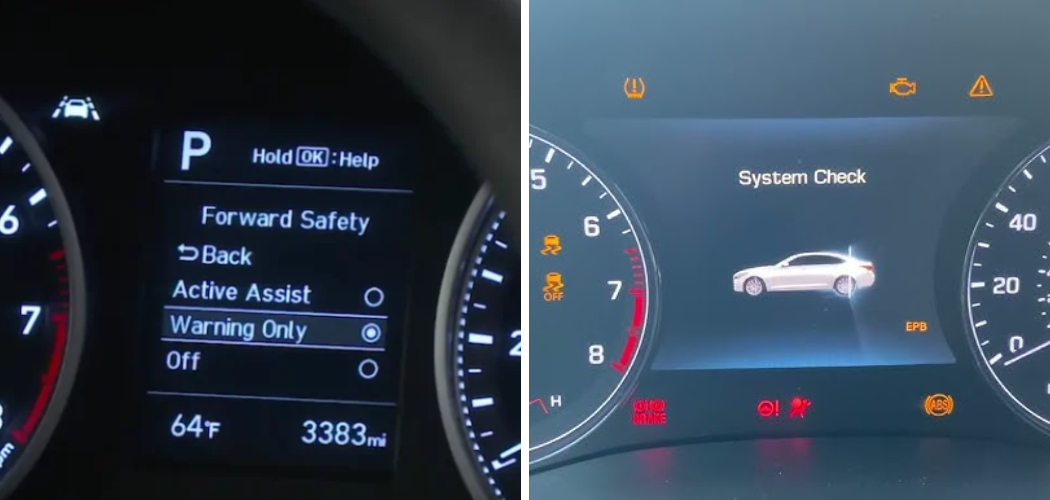The Advanced Emergency Braking System (AEB) is a safety feature that can help prevent or mitigate collisions by automatically applying the brakes when necessary. It uses sensors, such as radar or cameras, to detect potential collision scenarios and alert the driver of an impending danger. However, in some cases, the AEB system may malfunction or need to be reset for various reasons.
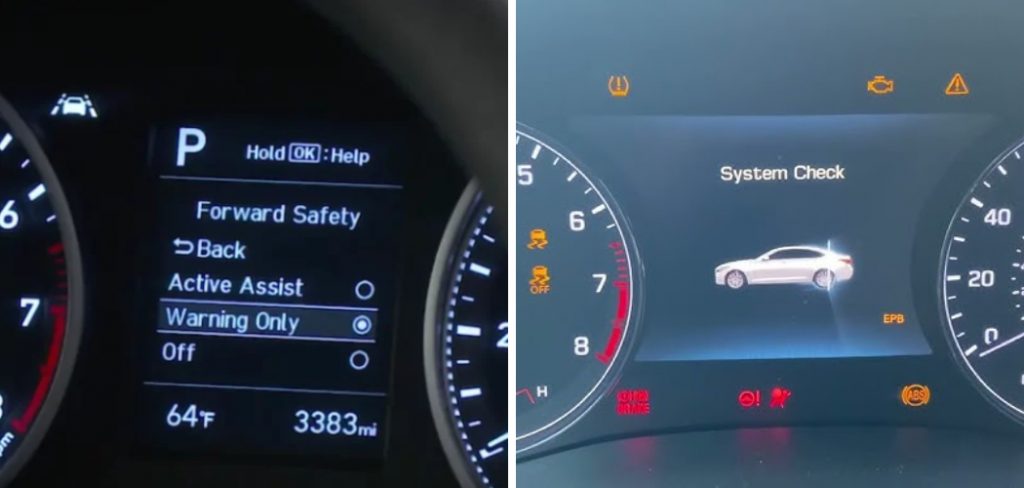
In this guide, we will discuss how to reset AEB system Hyundai vehicles. You can use this information to troubleshoot and fix any issues with the AEB system on your Hyundai car.
Reasons for resetting the AEB system
There are several reasons why you may need to reset your Hyundai’s AEB system. Some common scenarios include:
1. Malfunctioning Sensors – The sensors used in the AEB system can get dirty or damaged, leading to inaccurate readings and false alarms. As a result, the AEB system may need to be reset to calibrate the sensors and ensure proper functioning.
2. Battery Replacement – If you have recently replaced your car battery, it can cause the AEB system to malfunction. This is because the system relies on power from the battery, and a new battery may disrupt its settings.
3. System Updates – Sometimes, Hyundai releases software updates for the AEB system to improve its performance. If you have recently updated your car’s software, it may affect the AEB system and require a reset.
4. Accidental Triggering – In rare cases, the AEB system may be triggered by mistake due to external factors such as bright sunlight or reflections from other vehicles. As a safety precaution, the system may need to be reset after such instances.
Understanding the Automatic Emergency Braking (AEB) System
Before we dive into the steps for resetting the AEB system, it is essential to understand how the AEB system works. The AEB system uses information from various sensors, such as radar and cameras, to monitor the road ahead and detect potential collision scenarios.
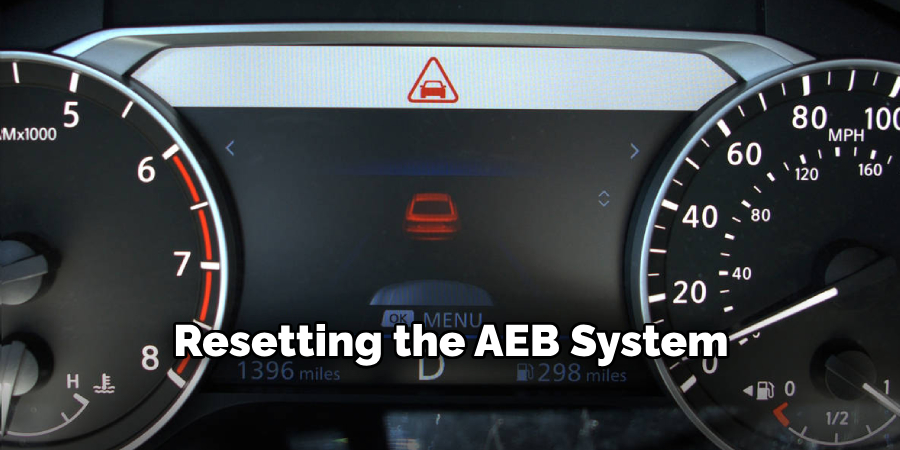
If a possible collision is detected, the system will first issue a warning to the driver through visual or audible alerts. If the driver fails to respond, the AEB system will automatically apply the brakes to avoid or mitigate the collision.
It is worth noting that the AEB system does not replace safe driving practices and should not be relied upon as a substitute for attentive driving. It is meant to assist drivers in emergencies and reduce the severity of collisions.
Step-by-step Guidelines on How to Reset Aeb System Hyundai
Step 1: Park Your Car in a Safe Location
Before attempting to reset the AEB system, make sure you park your Hyundai in a safe and flat location. Turn off the engine and engage the parking brake. Parking your car in a safe spot will prevent any accidents or distractions during the reset process. This step is especially crucial if the AEB system has been triggered accidentally. If you are unsure where the nearest safe location is, it is best to contact Hyundai roadside assistance for help.
Step 2: Turn Off and On Your Car
The first troubleshooting step for resetting the AEB system is to turn off your car and then turn it back on. This simple step can often resolve any minor technical glitches in the system and reset its settings. Once you have turned your car back on, check if the AEB system has been reset. If not, move on to the next step.
Step 3: Check for Error Codes
If turning off and on your car does not fix the issue, an underlying problem may need to be addressed. You can check for any error codes related to the AEB system by using a diagnostic tool or visiting a Hyundai dealership. These error codes will provide valuable information about the specific issue and help you troubleshoot it more accurately. If you are unsure how to read error codes, it is best to seek professional help.
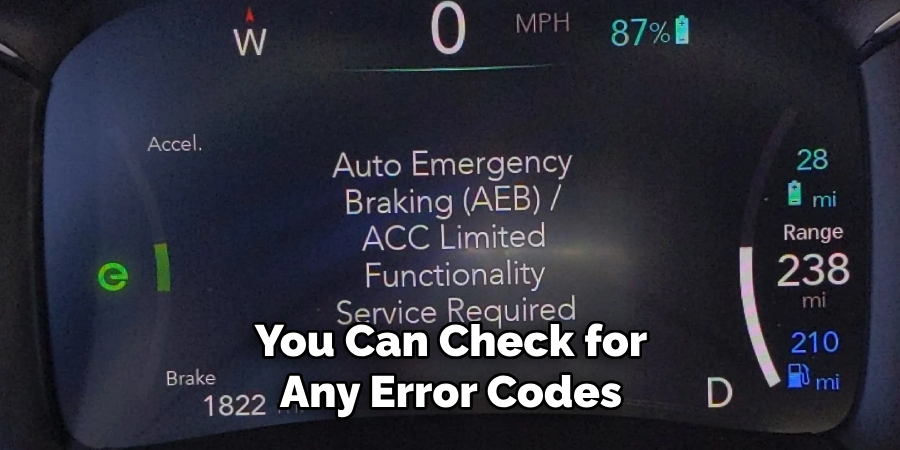
Step 4: Perform a Hard Reset
If the above steps do not work, you may need to perform a hard reset on your car’s AEB system. To do this, locate the fuse box in your Hyundai and remove the fuse for the AEB system. Wait for at least 15 minutes before reinserting the fuse. This will reset the system and calibrate its settings. After performing a hard reset, start your car and check if the AEB system has been reset. If not, it may indicate a more serious issue that requires professional attention.
Following these steps should help you reset the AEB system on your Hyundai vehicle. However, if the issue persists, it is best to take your car to a certified Hyundai dealership for further diagnosis and repairs.
If you are unsure about performing the reset process yourself, it is always advisable to seek professional help to avoid any potential risks or damages. With proper maintenance and care, your AEB system should function effectively and provide an added layer of safety while driving. So, make sure to regularly check and maintain your AEB system for optimum performance. Happy and safe driving!
Additional Tips and Tricks to Reset Aeb System in Hyundai
- Check your vehicle’s owner manual for specific instructions on how to reset the AEB system. Each vehicle model may have different steps.
- If the AEB system is not resetting, try turning off your vehicle and removing the negative battery cable for about 10 minutes before reconnecting it. This can sometimes help reset the system.
- Make sure all sensors of the AEB system are clean and free from any debris or obstructions. Dirt or grime on the sensors can interfere with its functionality.
- Regularly check for software updates for your vehicle’s AEB system. Manufacturers often release updates that can improve the system’s performance.
- If the AEB system is still not functioning properly after trying all these tips, it may be a sign of a larger issue and you should bring your vehicle to a certified mechanic for further diagnosis.
- Remember to always drive safely and never solely rely on the AEB system. It is meant to assist drivers, not replace them.
- If you experience any issues with your vehicle’s AEB system after an accident or collision, have it checked by a professional before attempting to reset it.
- Familiarize yourself with all the safety features of your vehicle and regularly perform maintenance checks to ensure they are functioning properly.
- If you frequently drive in harsh weather conditions, take extra precautions to ensure your AEB system is functioning correctly before setting off on a journey.
- Lastly, always follow the recommended maintenance schedule for your vehicle as outlined in the owner’s manual. This will help keep all systems, including the AEB, in proper working condition.

By following these additional tips and tricks, you can ensure your AEB system is functioning properly and providing an extra layer of safety while driving. Remember to always stay alert and drive responsibly, even with advanced safety features at your disposal. Stay safe on the road!
Things You Should Consider to Reset Aeb System Hyundai
1. The first thing you should consider before resetting the AEB system in your Hyundai vehicle is to find out if the manufacturer provides any specific instructions. This information can usually be found in the owner’s manual or the manufacturer’s website.
2. It is important to make sure that you have enough time and a safe location to perform the reset process. The AEB system may need some time to calibrate itself after the reset, so it is best to do this when you have some free time and are not in a rush.
3. Before resetting the AEB system, make sure that all other systems and sensors in your vehicle are functioning properly. If there are any warning lights or error messages on your dashboard, address those issues first before attempting to reset the AEB system.
4. The AEB system reset process may vary depending on the model of your Hyundai vehicle. Some models may require you to turn off the ignition and then restart it, while others may have a specific button or sequence of buttons to press. Make sure to follow the correct steps for your particular model.
5. It is also important to note that resetting the AEB system will not fix any underlying issues with the system. If your AEB system is consistently malfunctioning, it is best to take your vehicle to a certified mechanic for further inspection and potential repairs.
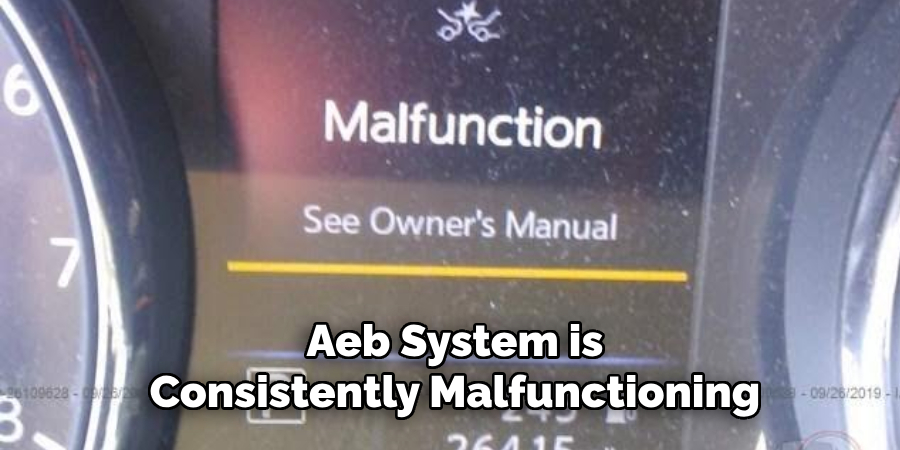
6. After resetting the AEB system, it is crucial to test it out in a safe environment before driving on roads with other vehicles. This will allow you to ensure that the system is functioning properly and to make any necessary adjustments.
7. Remember to always follow proper safety precautions while driving, regardless of whether your AEB system is functioning or not. The AEB system is meant to assist in avoiding collisions, but it is still important for the driver to remain vigilant and cautious at all times.
8. If you are unsure about resetting the AEB system yourself, it is always best to consult with a professional mechanic. They will have the knowledge and experience to properly handle any issues with your AEB system and ensure that it is functioning correctly for your safety on the road.
9. Lastly, regular maintenance and check-ups of your vehicle’s systems, including the AEB system, can help prevent any major malfunctions or failures. Make sure to schedule routine maintenance appointments and address any issues that arise promptly to ensure the safety of yourself and others on the road.
By considering these factors and taking proper precautions, you can successfully reset your AEB system in your Hyundai vehicle, ensuring its optimal functionality for a safer driving experience.
Remember to always prioritize safety while on the road and take necessary measures to address any issues with your vehicle’s systems. So, it is always better to consult with a professional if you are unsure about handling a reset process on your own. Stay safe and drive responsibly! Happy driving!
Troubleshooting Common Issues during AEB System Reset
1. AEB System Not Resetting:
The most common issue during an AEB system reset is that the system does not reset properly. This can happen due to various reasons, such as a weak or dead battery, faulty sensors, or a malfunctioning control unit.
If this happens, first check your vehicle’s battery and ensure it has enough power to perform the reset. If the battery is fine, then it could be an issue with the sensors or control unit. It is advisable to visit a certified mechanic or dealership for further diagnosis and repair.
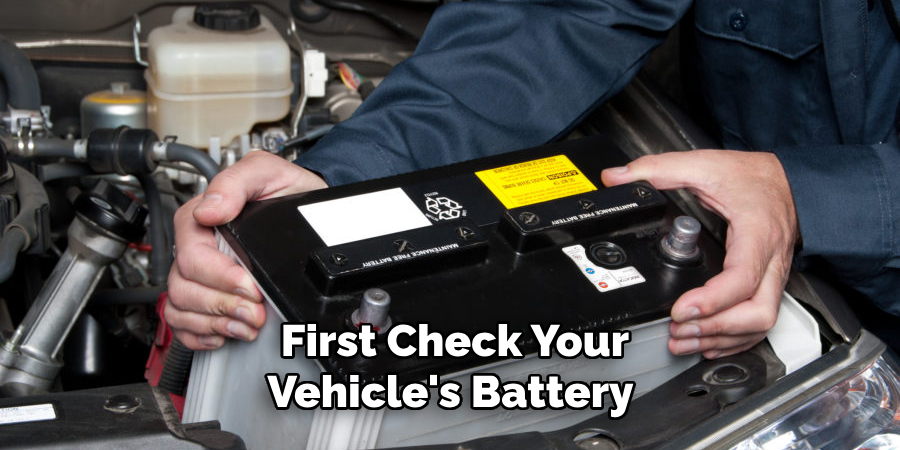
2. Error Messages:
Another common problem that may occur during an AEB system reset is error messages on your vehicle’s dashboard. These error messages can indicate issues within the system, such as a faulty sensor or control unit. It is important to not ignore these error messages and have them checked by a professional immediately. Ignoring the error messages can lead to further damage and potential accidents.
3. AEB System Not Functioning Properly:
If your AEB system was functioning properly before the reset but not after, there could be an issue with the calibration of the system. In some cases, a recalibration may be necessary to ensure proper functioning. You can refer to your vehicle’s manual for instructions on how to recalibrate the AEB system. If this does not resolve the issue, it is best to seek professional help.
4. Sudden Braking or False Alarms:
After performing an AEB system reset, you may experience sudden braking or false alarms from the system. This could be due to improper calibration or a malfunctioning sensor. It is important to have these issues checked by a professional as they can compromise the safety of your vehicle and its occupants. Do not attempt to drive your vehicle if the AEB system is not functioning correctly.
5. AEB System Not Available:
In some cases, the AEB system may be temporarily unavailable or disabled due to various reasons, such as extreme weather conditions or a malfunction in the system. If this happens, it is important to follow the instructions in your vehicle’s manual and take necessary precautions while driving. Do not rely solely on the AEB system and maintain safe driving practices at all times.
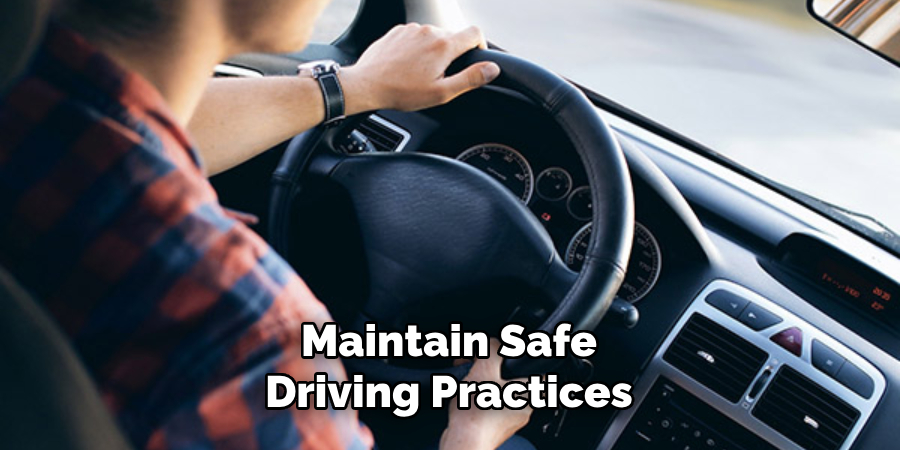
Following these troubleshooting tips can help you address common issues that may occur during an AEB system reset. However, if the problem persists or if you are unsure about how to proceed, it is always best to seek professional assistance. Your safety and the safety of others on the road should always be a top priority when dealing with any vehicle system. So, always take necessary precautions and do not hesitate to seek help when needed.
Frequently Asked Questions
What is the Aeb System in Hyundai?
AEB (Autonomous Emergency Braking) System stands for an advanced safety feature that automatically applies the brakes to avoid or mitigate a potential collision. It uses sensors, cameras, and radars to detect objects or vehicles in front of the car and can engage the brakes if necessary. This system is also known as FCW (Forward Collision Warning) and can be found in newer Hyundai models such as the Santa Fe, Tucson, and Sonata.
Why Would I Need to Reset the Aeb System in My Hyundai?
There are a few reasons why you may need to reset your AEB system. If there is a malfunction or error code detected by the sensors or cameras, it may cause the system to not function properly. In this case, resetting the AEB system can help resolve the issue and get it back to normal operation.
Additionally, if you have recently replaced any parts or components related to the AEB system, a reset may be necessary for proper calibration. It is also recommended to reset the AEB system after a collision or impact, as it may have been affected during the event.
Can I Reset the Aeb System Myself?
It is not recommended to reset the AEB system yourself unless you have proper knowledge and experience with car systems. The AEB system is a complex safety feature that requires careful calibration and adjustment. Incorrectly resetting the system can lead to improper functioning or even disable the feature altogether. It is best to consult with a certified technician or bring your Hyundai to an authorized dealership for a proper reset.
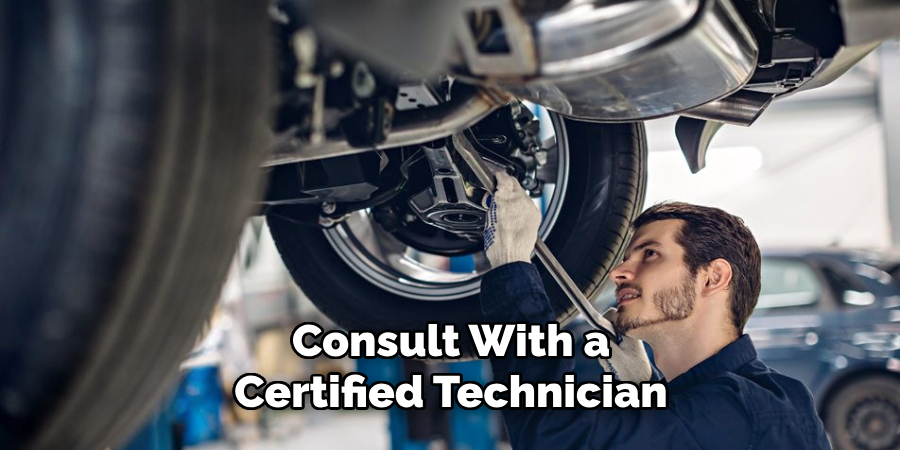
Conclusion
Now you know how to reset AEB system hyundai and why it may be necessary. This advanced safety feature is designed to help prevent collisions and keep you safe on the road, so it is important to make sure it is functioning properly.
If you experience any issues with your AEB system, do not hesitate to seek professional assistance for a proper reset. Keep yourself and others safe by ensuring all of your car’s safety features are in good working condition.
Remember, safety should always be a top priority when it comes to driving. Drive safe and stay informed about your vehicle’s features and functions. Stay responsible and take care of your car for a safer driving experience.

